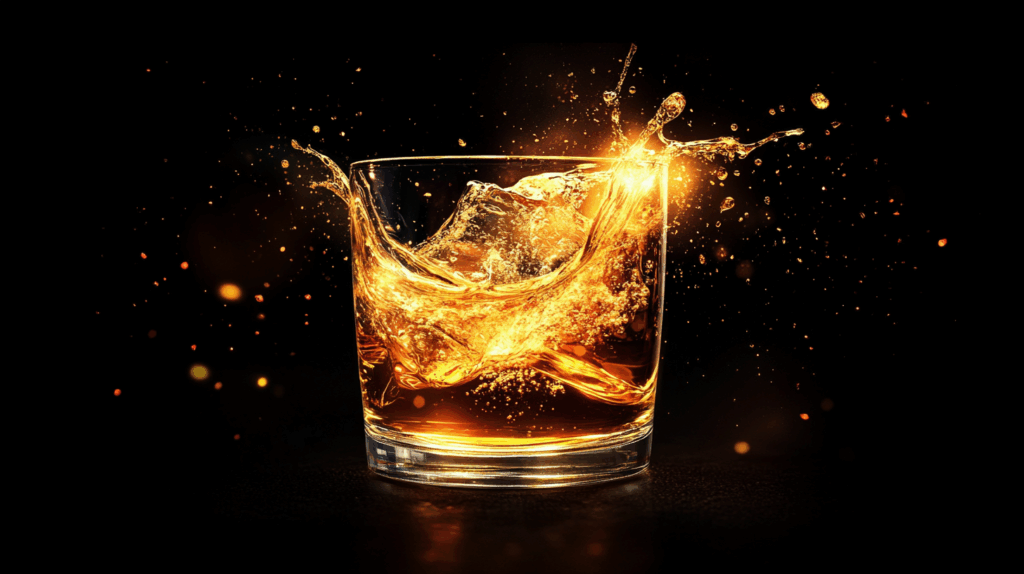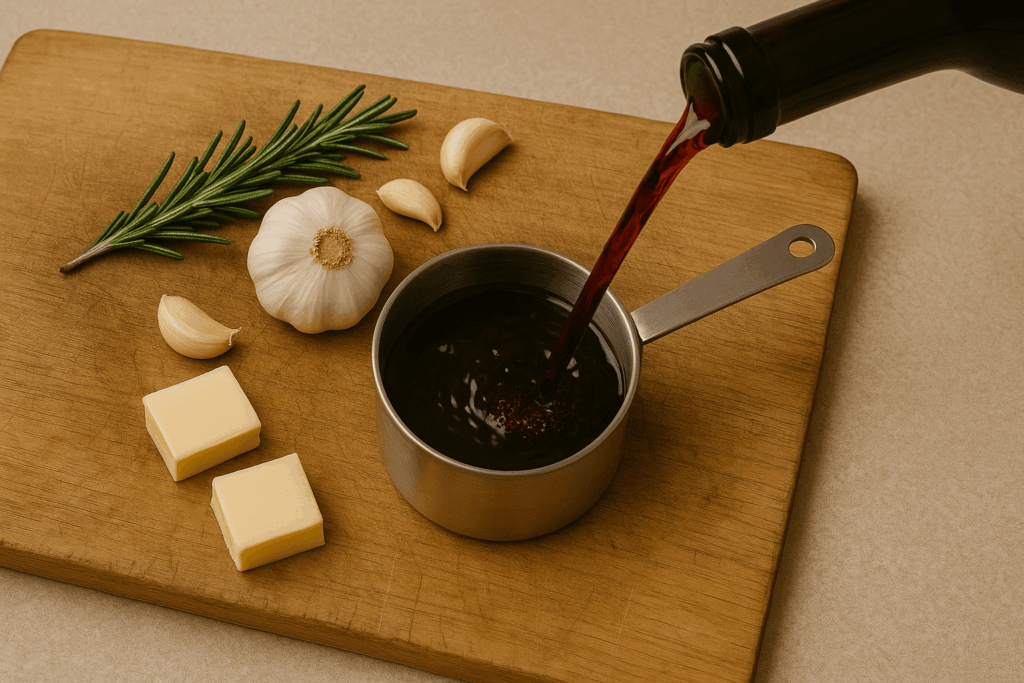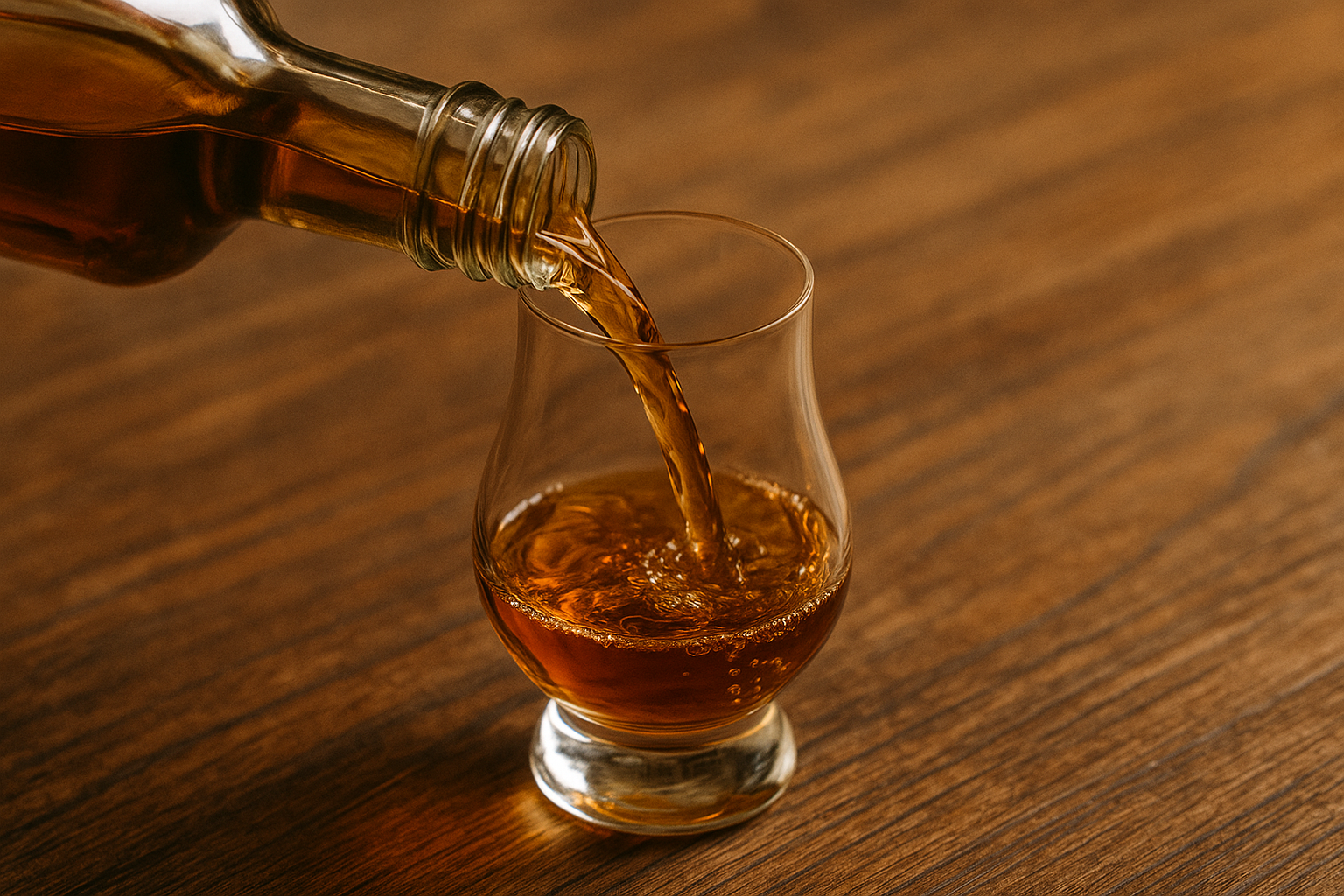
Whiskey has a long and varied history, and learning how to drink it properly can enhance your enjoyment of its complex character. Whether you’re new to whiskey or looking to refine your palate, a few simple techniques can help you get the most out of each pour. From choosing the right glass to understanding aroma, flavor, and pacing, this guide walks you through the essentials of whiskey tasting and appreciation.
Choose the right glass

The type of glass you use has a surprising impact on the whiskey-tasting experience.
Glencairn glass
This tulip-shaped glass is designed specifically for whiskey tasting. Its narrow opening concentrates aromas, while the wide bowl allows the whiskey to breathe.
Tumbler (Old Fashioned glass)
A classic choice for casual sipping or whiskey on the rocks. While it’s not ideal for nosing (smelling), it’s popular for its familiarity.
Copita glass
A stemmed glass used by many professionals for tasting and evaluating. It keeps your hand from warming the whiskey and helps funnel aromas.
Observe the whiskey
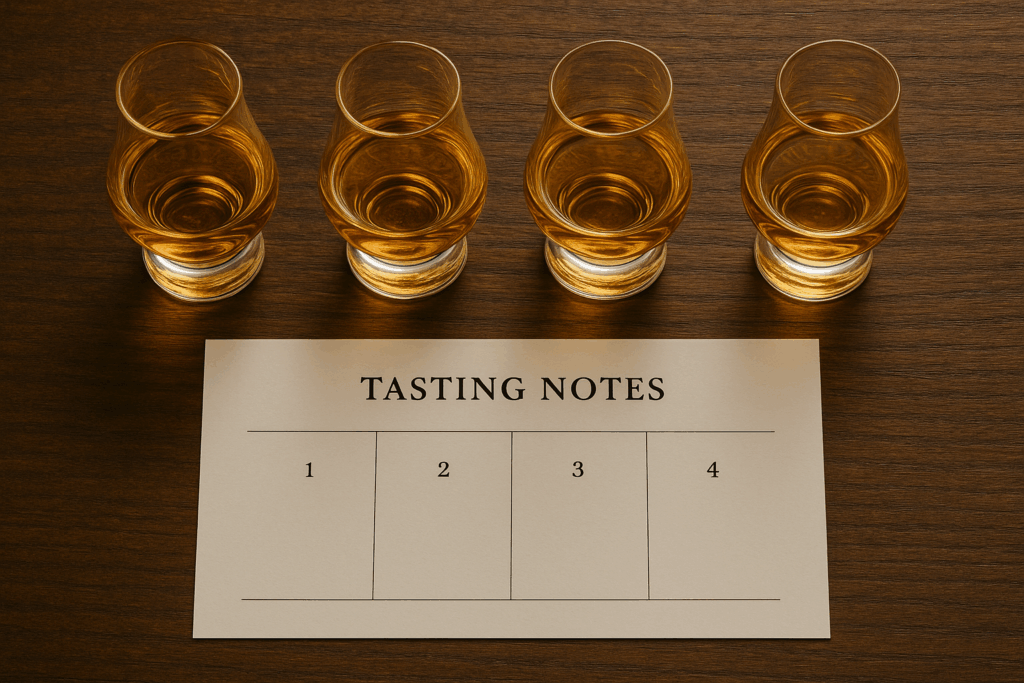
Before you even smell it, take a moment to visually examine your whiskey.
- Color: Darker hues can suggest older whiskey or more cask influence.
- Viscosity: Swirl the whiskey gently to see how it clings to the glass. Thicker “legs” may indicate a fuller body or higher alcohol content.
Smell before sipping
Nosing whiskey helps you unlock its complex bouquet of aromas.
- Gently swirl the glass.
- Bring it to your nose and inhale softly with your mouth slightly open.
- Take multiple small sniffs rather than one deep one.
- Notice notes like vanilla, caramel, spice, fruit, or smoke, depending on the whiskey type.
Tip: Don’t stick your nose in too far! High-proof alcohol can overpower your sense of smell.
Take a sip
Start with a small sip and let it sit on your tongue for a few seconds before swallowing. This allows your palate to adjust to the alcohol and gives the flavors time to develop.
You may notice sweetness at the tip of your tongue, bitterness toward the back, and spices or heat on the sides. Some whiskeys are smooth and mellow, while others have a bold, peppery bite. Swishing it slightly (without being aggressive) can help spread the flavors.
Take your time
Drinking whiskey isn’t about knocking it back. The flavors evolve as it sits in the glass and as you continue sipping. Don’t rush through it. Give yourself time between sips to enjoy how the flavors linger and change.
If you’re drinking with others, talk about what you’re tasting, this can make the experience even more enjoyable and help you discover things you might have missed.
Add water if you like
A few drops of water can open up the whiskey, especially if it’s high-proof. Adding water can tame the alcohol and bring out new aromas and flavors you didn’t notice before.
Use a straw, pipette, or spoon to control how much you add. Go slowly, tasting after each addition. There’s no right amount, it’s all about what tastes best to you.
Explore different styles
Understanding the different types of whiskey can help you decide what you enjoy most.
- Bourbon is sweet and full-bodied, made primarily from corn, and often has notes of caramel, vanilla, and oak.
- Rye whiskey tends to be spicier and more robust, with a dry finish.
- Scotch varies widely depending on the region. Some are peaty and smoky, while others are fruity or floral.
- Irish whiskey is typically triple-distilled, making it smooth and approachable.
Try tasting different styles side by side to notice the differences and find your preferences.
Try it neat, with ice, or in a cocktail
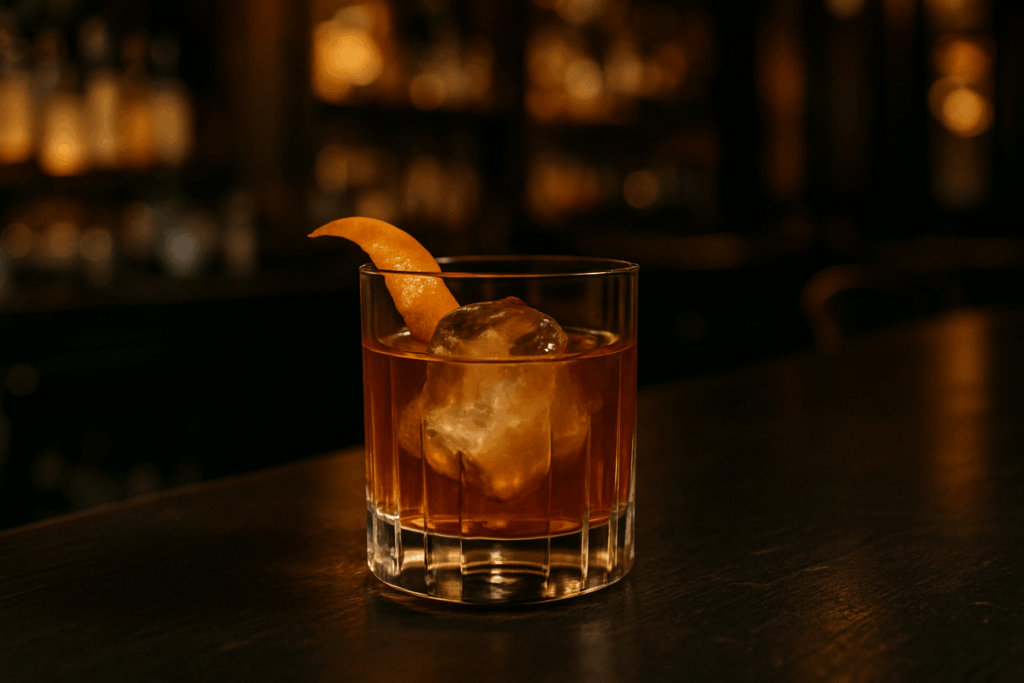
There’s no one right way to drink whiskey, it really comes down to your personal taste and the setting. Drinking it neat, meaning without any water, ice, or mixers, is the most direct way to experience the whiskey’s full aroma and flavor profile. It’s often the preferred method for tasting or evaluating a new bottle, especially if you want to understand its unique characteristics.
That said, some whiskeys, particularly cask-strength or higher-proof varieties, can feel a bit overpowering neat. This is where adding ice comes in. Ice slightly dulls the alcohol’s edge, chills the drink, and slowly dilutes it over time, revealing different flavors as it melts. Just be aware that too much ice can mute more delicate notes, especially in lighter styles.
Finally, whiskey works beautifully in cocktails. A well-balanced drink like an Old Fashioned, Manhattan, or Whiskey Sour highlights different aspects of the spirit without masking it entirely. These are great options if you’re looking to enjoy whiskey in a more social or relaxed way, or if you’re exploring flavors in a more approachable form.
Don’t be afraid to try whiskey in multiple ways, what works for one bottle or occasion might not work for another. The goal is to enjoy it, however that looks for you.
Consider food pairings
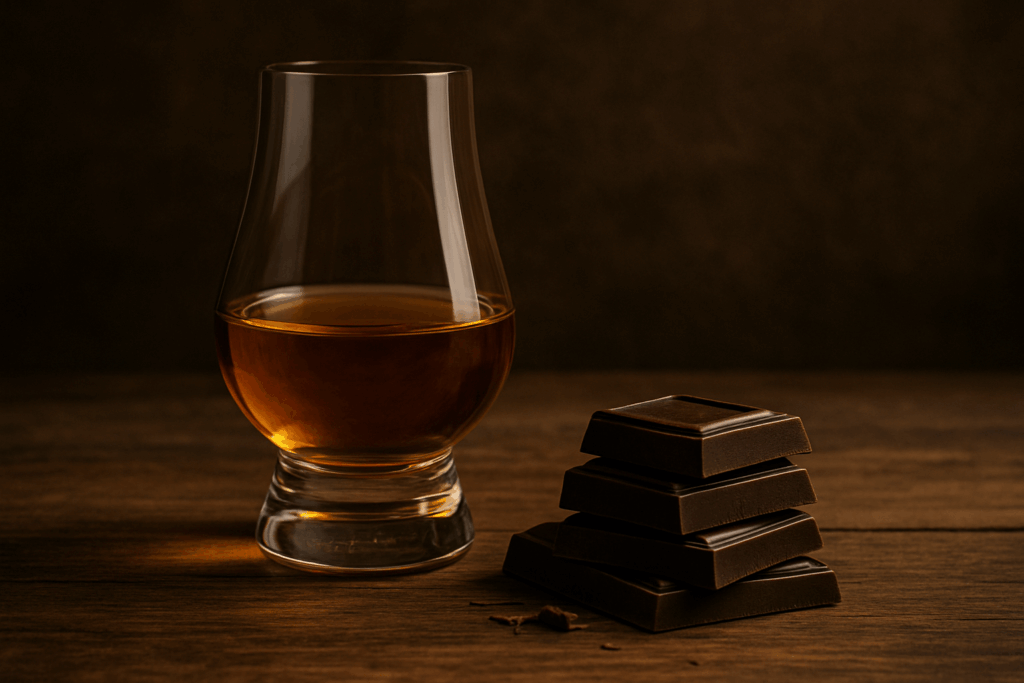
Pairing whiskey with food can enhance both the drink and the meal, whether you’re nibbling on snacks or sitting down to a full course. The key is to match the intensity and character of the whiskey with complementary flavors in your food.
Rich, full-bodied whiskeys like bourbon or sherried Scotch go well with strong cheeses like blue cheese, aged cheddar, or gouda. The creamy saltiness of the cheese balances the sweetness and warmth of the spirit. Dark chocolate is another excellent pairing, especially with whiskeys that have notes of spice, vanilla, or dried fruit. Try different cocoa percentages to see what brings out the best in the dram.
Smokier or peatier whiskeys pair nicely with grilled meats, charcuterie, or even smoked salmon, flavors that can stand up to the intensity of the spirit. Meanwhile, lighter whiskeys, such as Irish whiskey or a delicate Speyside Scotch, work well with toasted nuts, honey-drizzled figs, or dried apricots.
You don’t need a gourmet spread, just a few small bites that echo or contrast the whiskey’s key flavors can elevate the experience. Think of it as experimenting, not perfecting.
Conclusion
Drinking whiskey well is about curiosity, not rules. A good glass, a little patience, and attention to aroma and flavor go a long way. Whether you’re sipping neat or experimenting with water, ice, or cocktails, the most important thing is to enjoy the process and find what suits your taste.


